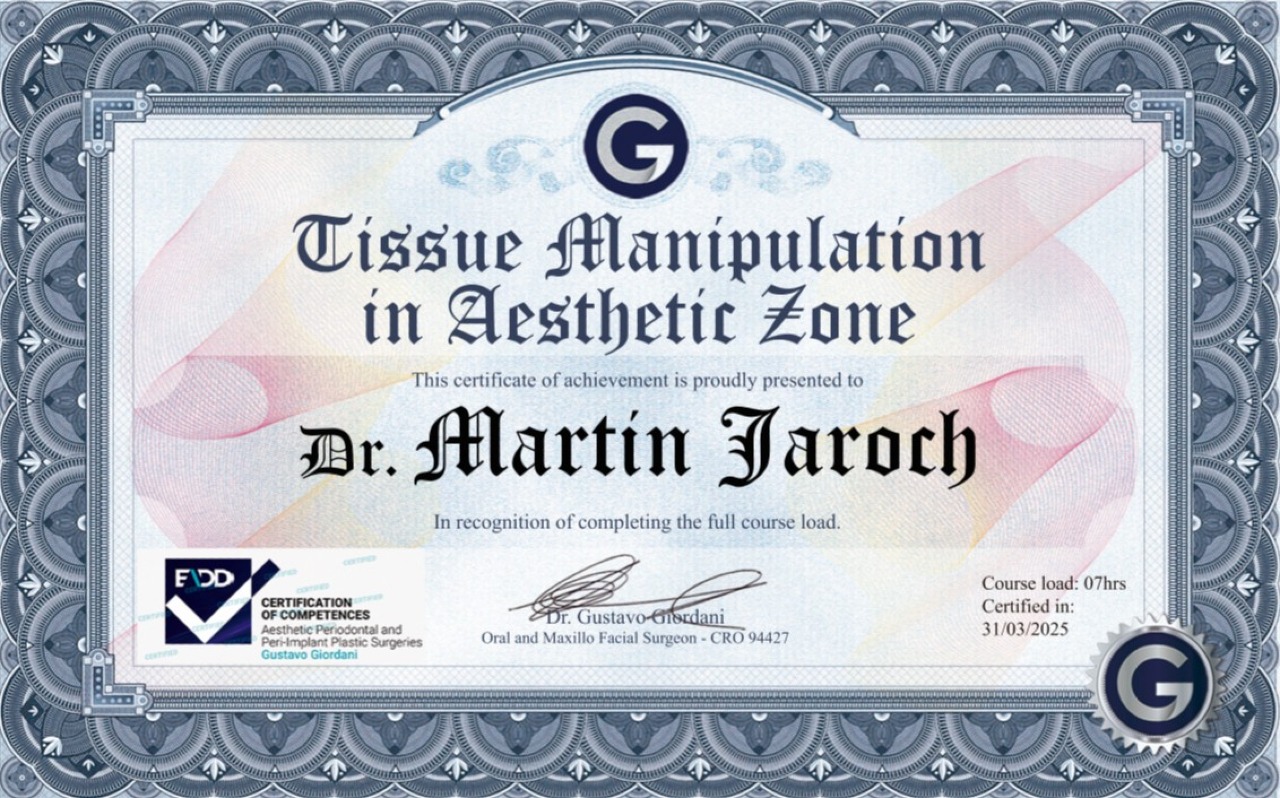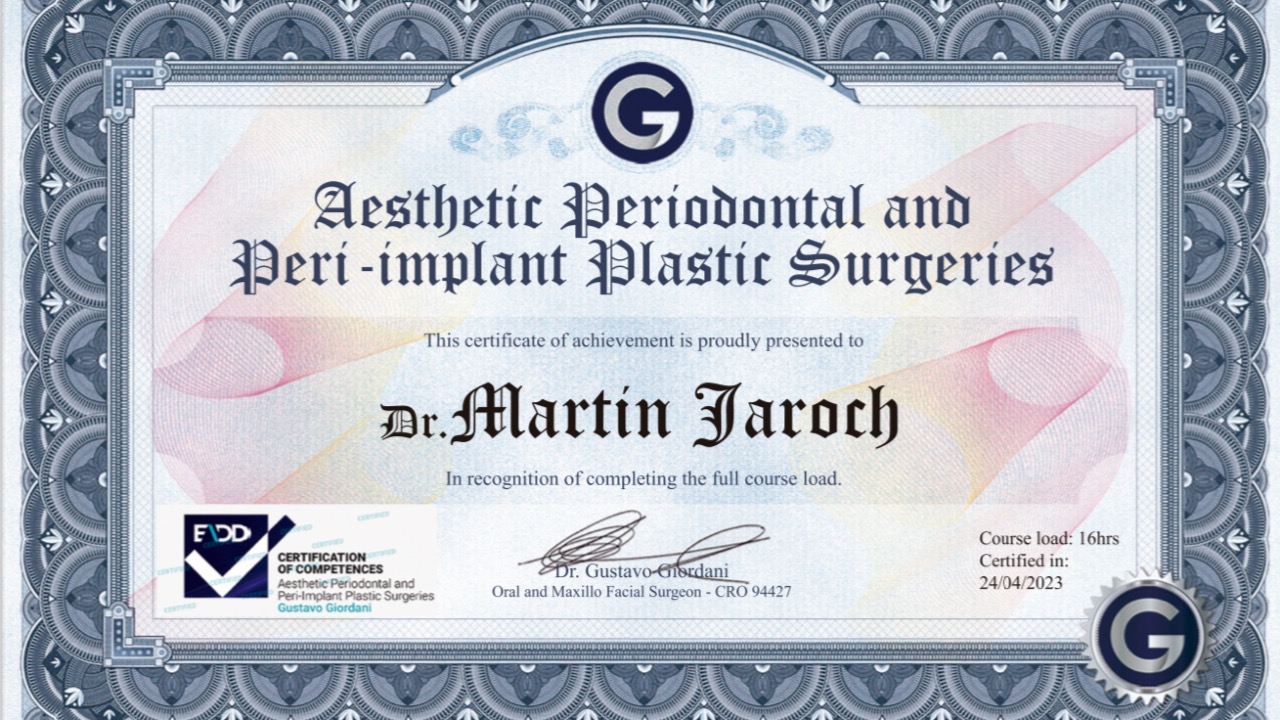Welcome to your Anti-Tooth-Aging-Program in Singen Hohentwiel!
How do you feel about your teeth?
My teeth have caused me a lot of anxiety before I studied Dentistry at the Charité in Berlin. When I first started thinking about teeth I was not in a good place. My gums were changing, my teeth were slowly eroding, and my diet was full of sugar and processed food.
If you feel similarly: you are not alone. When we eat sweets, the neurotransmitter dopamine is released in the body. Sugar and fats are addictive. Our reward system is tricked into thinking: That was great! You have to do it again!. The WHO recommends a maximum of 50 grams of sugar per day. In fact, we consume an average of 100 grams per day.
During my dental studies I quickly learned that caring for teeth is manageable and reversing damage is possible! This is important because keeping your mouth healthy is the key to overall health. Optimal oral care can prevent a lot cronic conditions such as:
tooth decay
gum disease
heart disease
rheumatic problems
changes of blood pressure
obesity
Alzheimers disease
kidney failure
changing of gut microbiome
accelerated cellular aging
cognitive decline
depressions
Today, Anti-Aging-therapies include special nutrition care, essential measurements of crucial dental indices, but also invisible fillings, dental prosthetics and gum surgery.
We start with a comprehensive Examination Phase, where we carefully assess facial proportions, smile exposure at rest, tooth shade, wear patterns, gum recession, and even saliva health. This is followed by a detailed Diagnosis Phase and a thorough Risk Assessment to understand how prone each patient is to accelerated dental aging.
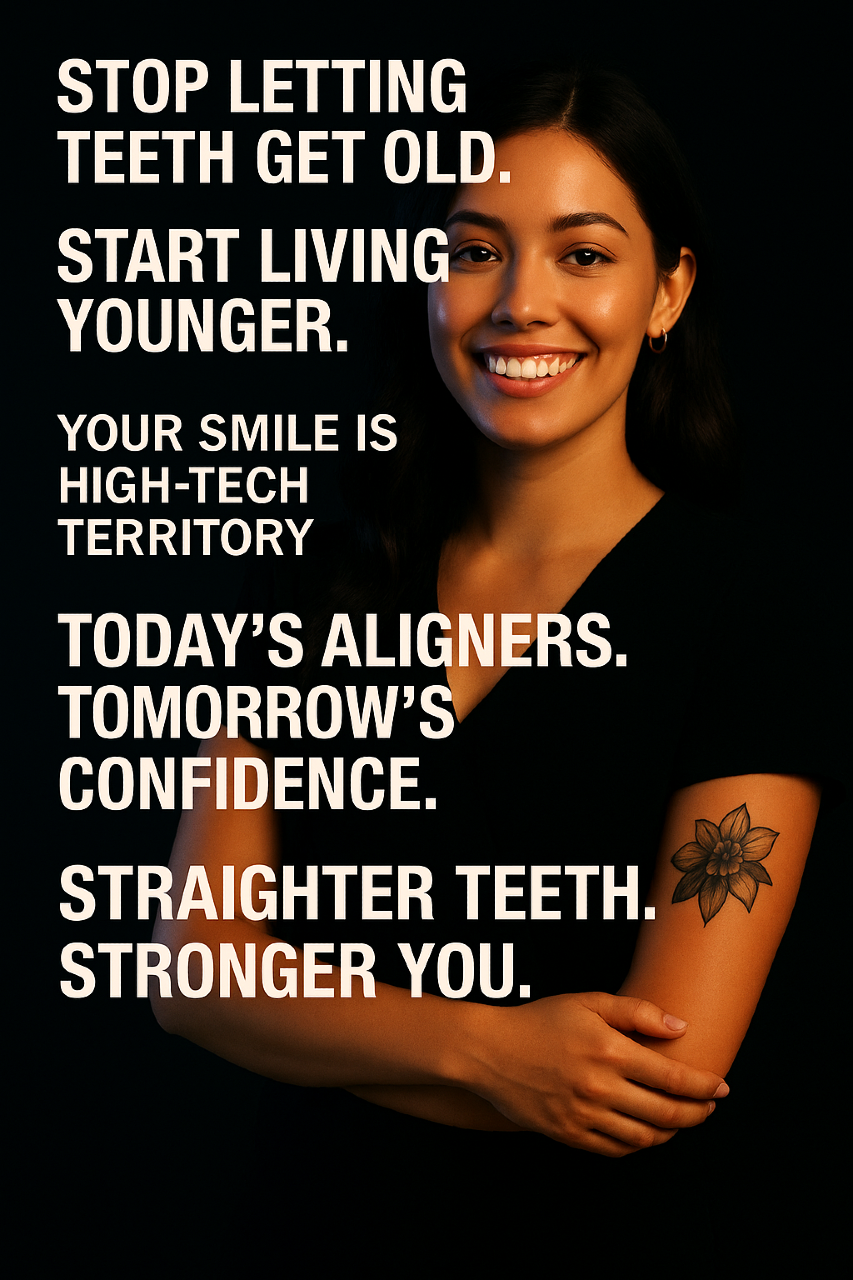
Next comes the Smile Age Score – a measurable scoring system that determines the biological age of the smile. We then move into the Tracking Phase, where we monitor subtle changes over time. Finally, we reach the Prevention and Treatment Phase, which includes:
- Custom-made night guards to prevent damage caused by teeth grinding
- Regular scaling and polishing to prevent tartar buildup, which can push the gums downward
- In-office and at-home whitening to maintain a naturally youthful tooth shade
- Nutritional support and long-term monitoring to preserve oral and facial harmony
- In selected cases, orthodontic treatment with clear aligners to correct an imbalanced bite. An imbalanced bite can cause certain teeth to bear excessive force, increasing localized grinding and raising the risk of gum recession. Addressing this early ensures even force distribution and stronger support for the foundation of the smile.
For patients showing advanced signs of dental aging who desire further aesthetic improvement, we offer an optional Reverse Aging Phase. This involves the use of minimally invasive veneers to restore lost length, symmetry, and youthful proportions. However, this step is not part of the core program; it is an elective enhancement reserved for selected cases.
How long does the program take?
The initial phase of the Anti-Aging Dentistry Program — including full assessment, treatment planning, and completion of all preventive and aesthetic treatments — is typically completed within two weeks. It begins with professional dental photography and a full digital scan to precisely evaluate the smile and facial proportions.
From there, the program follows a clear and structured process:
1. Examination Phase — Analysis of facial proportions, tooth wear, gum health, smile display, saliva quality, and dietary habits
2. Diagnosis Phase — Identifying the specific causes of aging
3. Smile Age Score — Assigning a measurable score to indicate how aged the smile appears
4. Risk Assessment Phase — Evaluating the patient’s likelihood of accelerated dental aging
5. Tracking Phase — Monitoring changes over time with regular reassessments
6. Treatment Phase — Non-invasive treatments such as enamel repair, customized night guards, shade correction, gum care, and, when necessary, orthodontic treatment with clear aligners to correct bite discrepancies. If left untreated, an imbalanced bite can lead to excessive force on certain teeth, increasing localized grinding and the risk of gum recession.
The real strength of this program lies in its continuity. Just like natural aging, dental aging never stops — and neither should the care. After the initial two weeks, the program transitions into a long-term maintenance protocol, similar to routine dental check-ups. Patients return every six months for reassessment, tracking, and updates to their personalized plan.
This is not a one-time solution — it is a lifelong partnership. We follow the aging process as it happens and control its effects, ensuring that your smile remains youthful, fresh, and protected for many years to come.
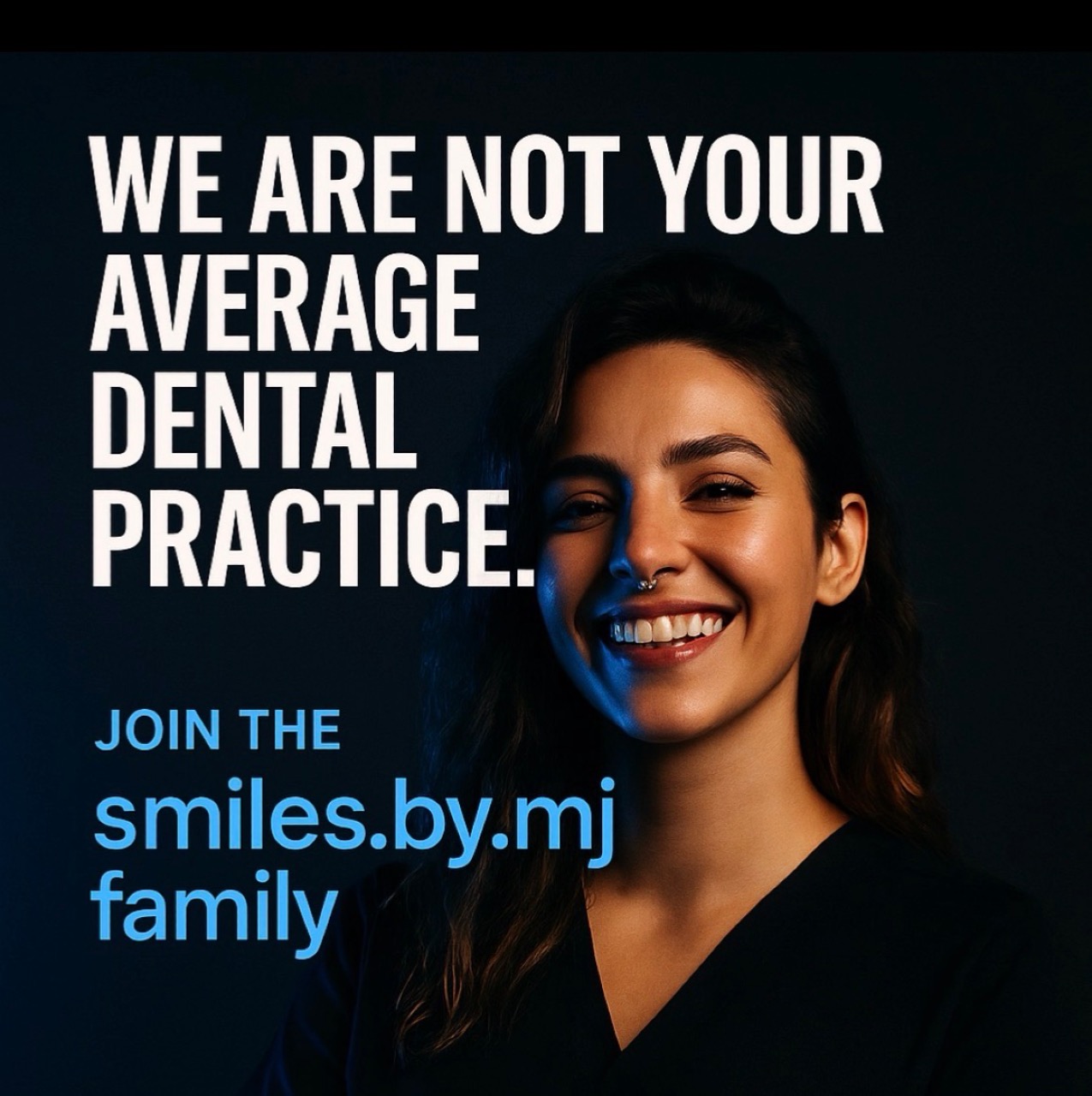
Ideally, in the late teenage years — around 18 or 19. This may seem early, but it is often when the first subtle signs of stress begin to appear. There is a strong link between emotional stress and dental aging: grinding, clenching, acid reflux, and dehydration all accelerate tooth wear and changes in the gums.
Starting at this stage allows us to protect the smile before any damage occurs. Prevention is always more powerful than correction. Just as you might begin skincare in your twenties to preserve your glow, you should begin dental anti-aging care in your late teens to preserve the natural youthfulness of your smile.
We offer modern restorative treatments in the Hegau region such as veneers and crowns, designed to enhance not only your smile but your overall appearance. Dr. Jaroch uses the most advanced materials to ensure that you achieve not only a refreshed smile but also a timeless radiance.
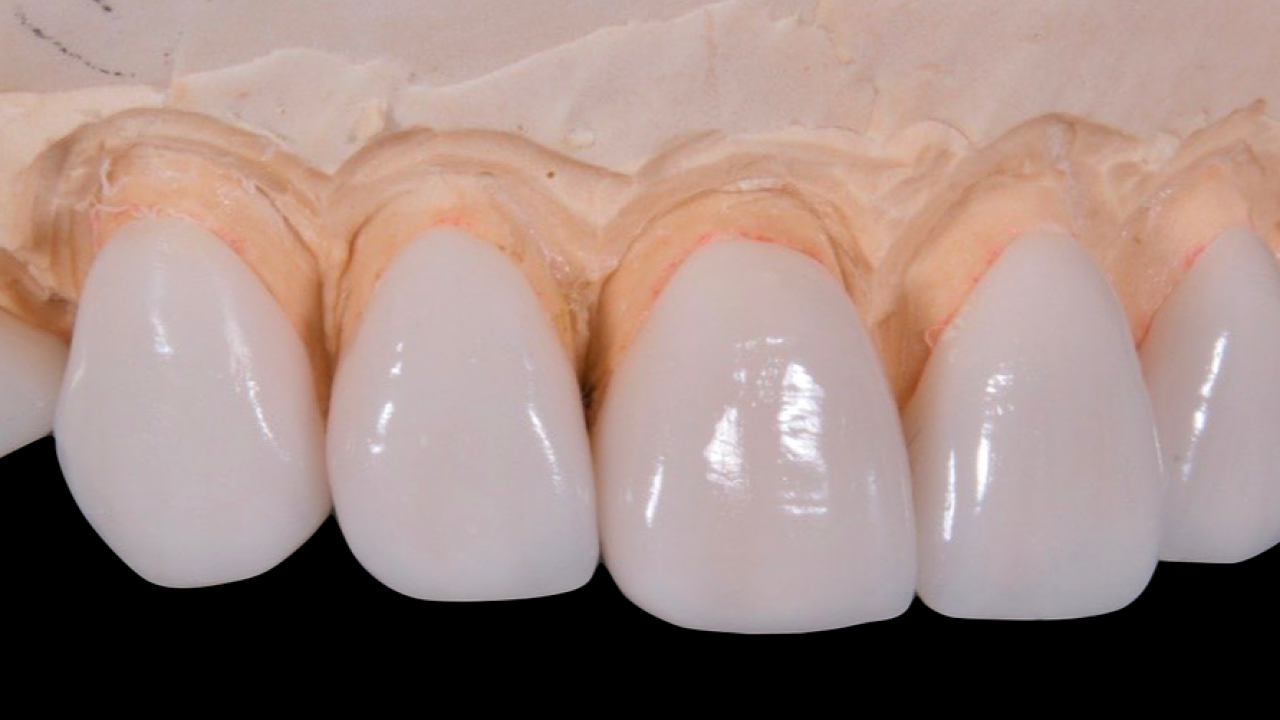
Discover how customized fillings/veneers and innovative treatments can contribute to your overall well-being and comfort in your appearance. In dentistry, we provide you with the opportunity to boost your confidence and fully realize your aesthetic potential through advanced procedures and materials.
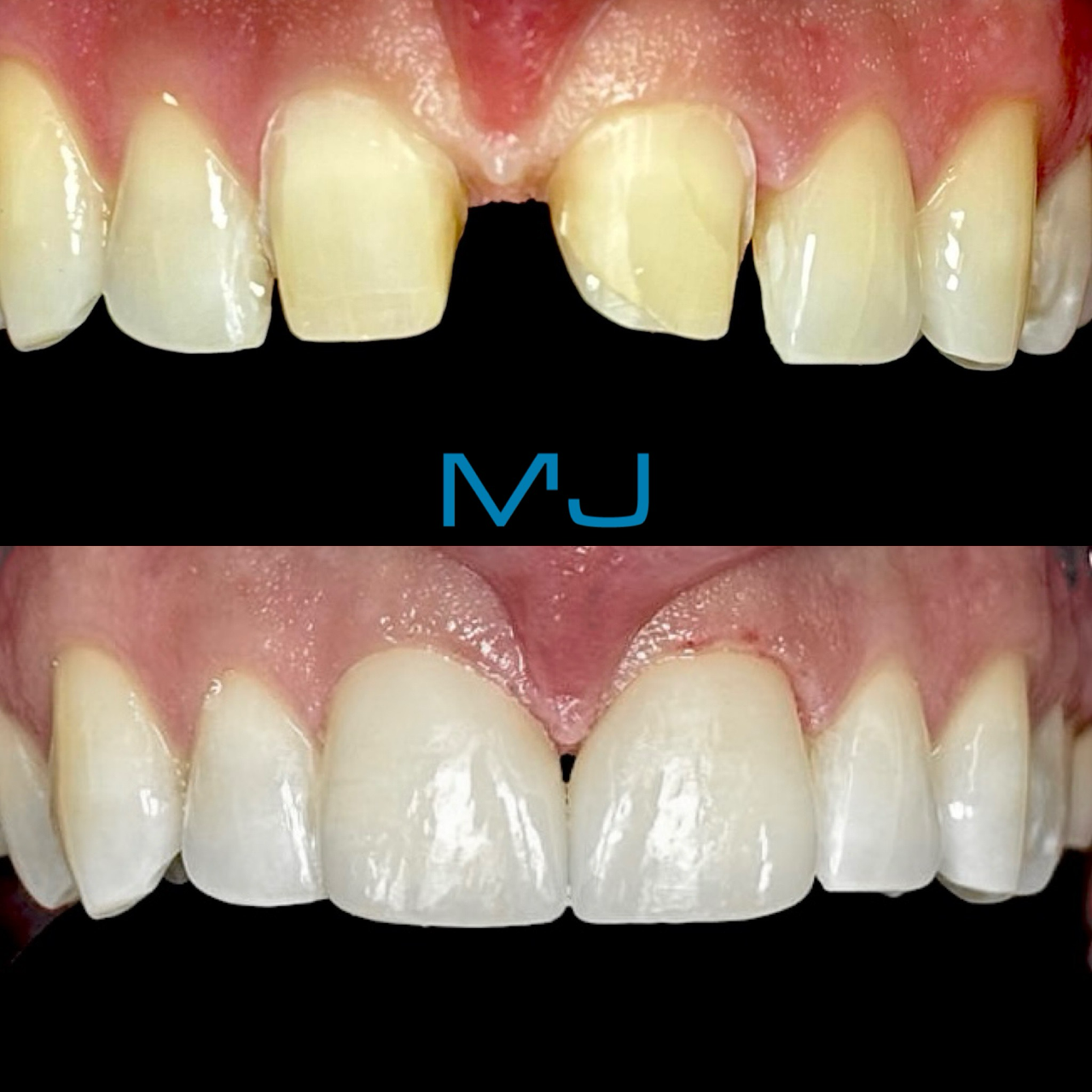
But we don't have to go "all in" straight away. In many cases, aesthetic correction of defects using the most modern filling materials is sufficient. On the one hand, this is cheaper and, on the other hand, it can be implemented much more quickly.
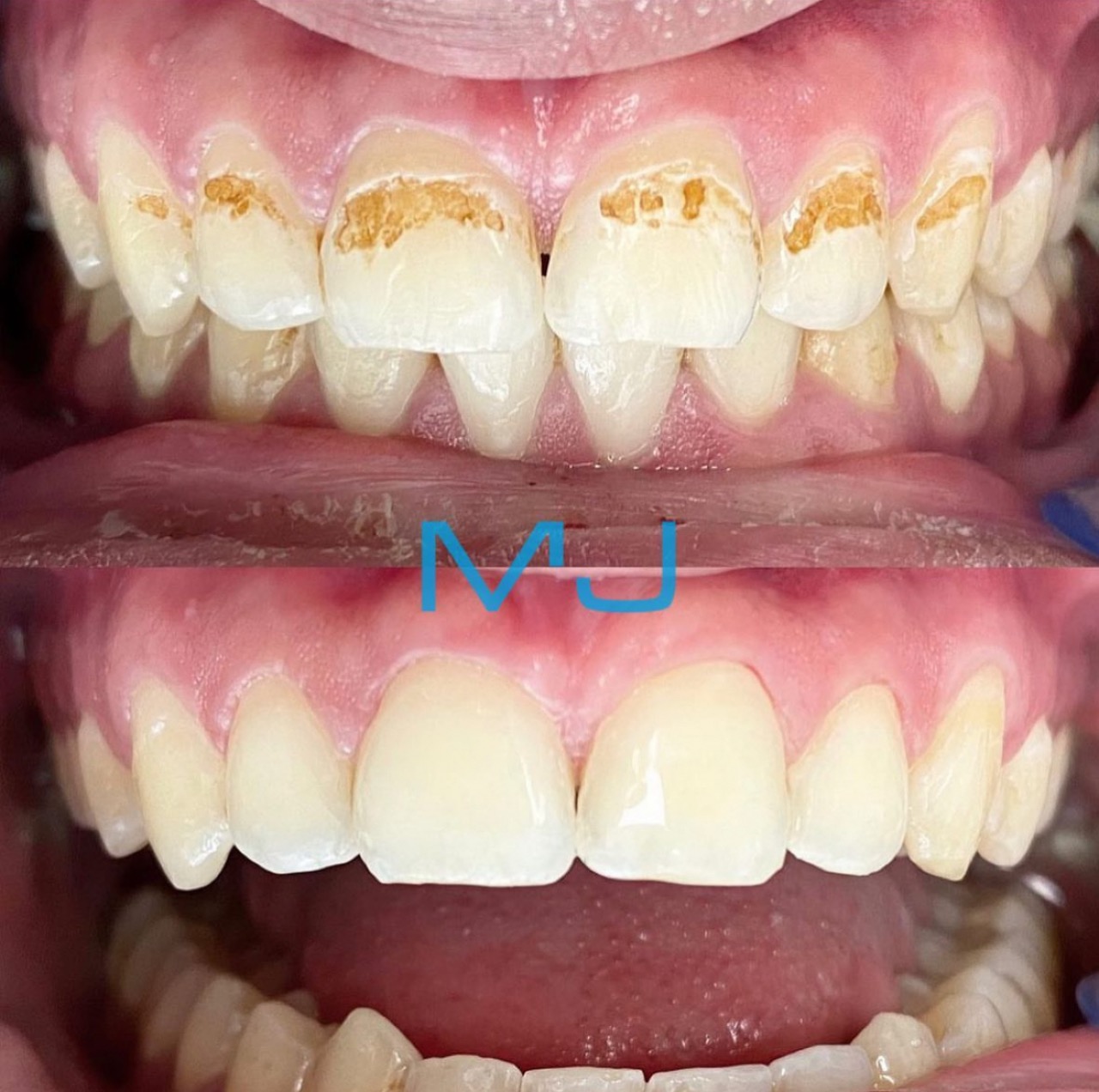
Many aesthetic dental issues can be corrected with the right treatments. You don’t have to hide discolored teeth or conceal gaps. Get professional help and take advantage of the modern possibilities in aesthetic dentistry.
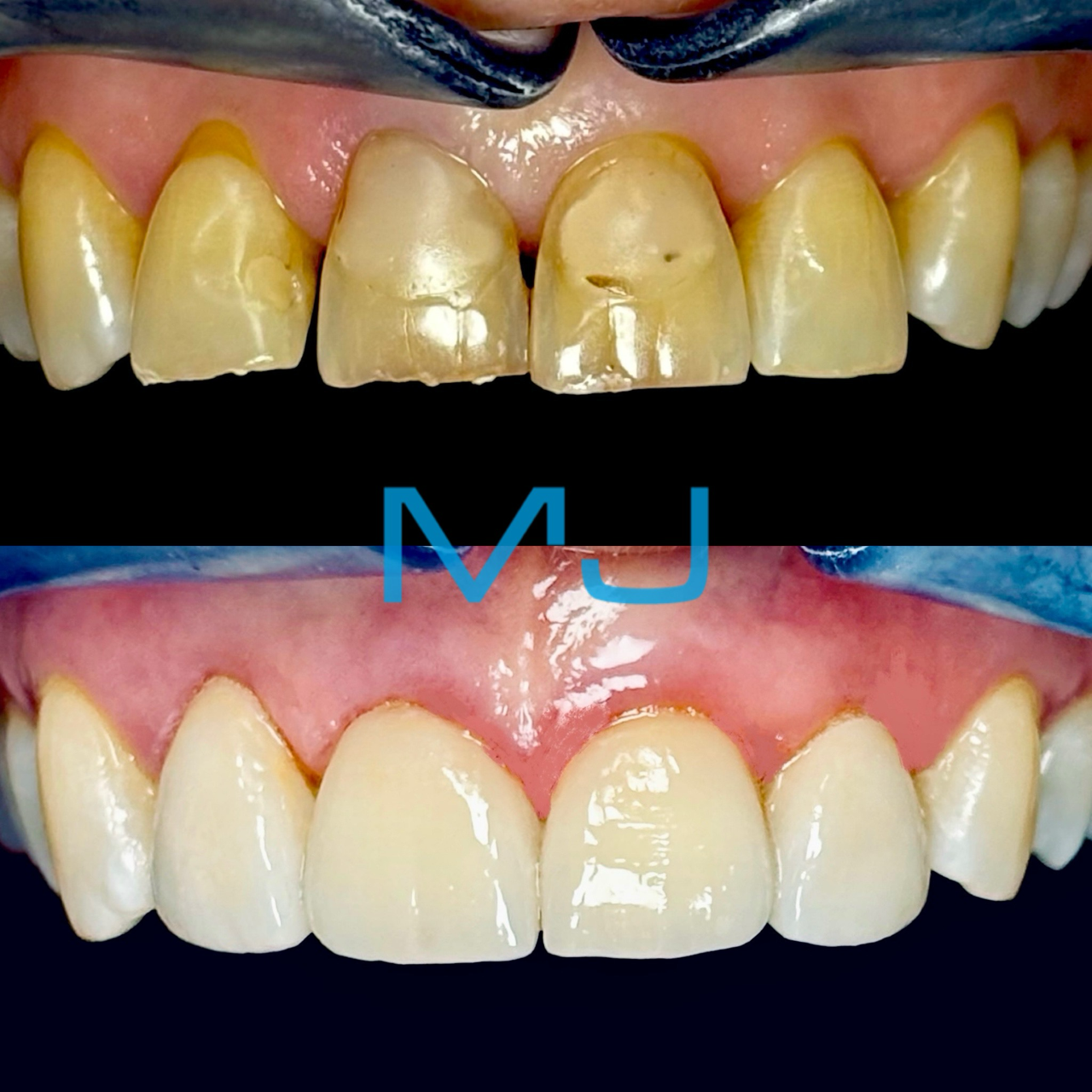
Also and above all, the receding gums make you appear significantly older. There are procedures with which the gums can be raised in small surgical units so that they completely cover the root. This procedure makes a significant difference and should be carried out when the necks of the teeth are only slightly exposed - because then the surgical effort is significantly lower.
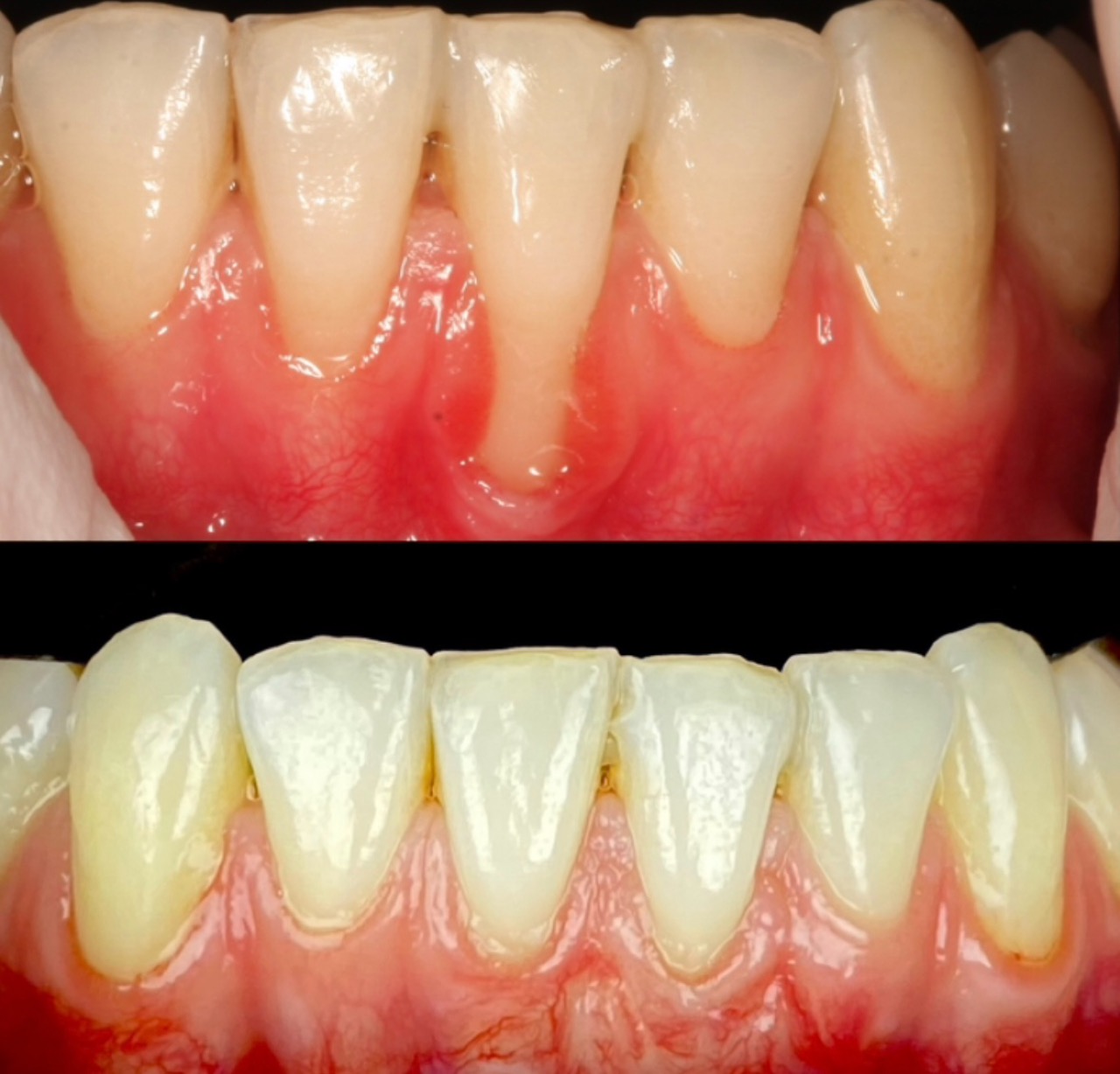
1. What is gum lifting?
Gum lifting is a minimally invasive procedure that reshapes the gum line to cover exposed tooth roots and restore the natural contour of your gums. It improves both aesthetics and tooth protection.
2. When is gum lifting necessary?
Gum lifting is necessary when gums recede due to disease, injury, or other factors, leaving tooth roots exposed. It helps with sensitivity, enhances oral health, and restores a beautiful smile.
3. How does gum lifting work?
During gum lifting, tissue (either natural or synthetic) is used to cover exposed tooth roots. The procedure is performed under local anesthesia and is typically painless.
4. What causes gum recession?
Common causes of gum recession include improper brushing techniques, gum disease (like periodontitis), genetic predisposition, or the natural aging process.
5. Can gums be restored?
Yes, gums can be restored through specialized treatments like gum lifting or grafting. These procedures rebuild the gum line and provide long-term protection for your teeth.
6. How much does a gum correction cost?
The cost of a gum lifting procedure depends on the size of the area being treated and the method used. On average, it ranges from $500 to $1,500 per tooth.
7. How long does recovery from gum lifting take?
Recovery usually takes 1–2 weeks. During this time, you should maintain excellent oral hygiene and avoid hard or spicy foods.
8. Is gum lifting painful?
No, gum lifting is generally painless since the procedure is done under local anesthesia. Mild swelling or sensitivity may occur afterward but typically resolves quickly.
9. Can gum recession be prevented?
Yes, gum recession can be prevented by brushing gently, visiting the dentist regularly, and avoiding risk factors like smoking.
10. What are exposed tooth roots, and how are they treated?
Exposed tooth roots occur when gums recede, leaving the sensitive parts of the teeth uncovered. They can be treated through gum lifting or protective coatings to reduce sensitivity and prevent further damage.
11. Is gum lifting also aesthetically beneficial?
Yes, gum lifting not only improves oral health but also enhances the appearance of your smile by creating a more even and attractive gum line.
12. What are the risks of gum lifting?
Gum lifting is a safe procedure when performed by a specialist. Rarely, mild swelling, infection, or sensitivity may occur, but these issues are manageable.
13. How long does a gum lifting last?
The results of gum lifting are typically permanent, provided you maintain good oral hygiene and no further gum disease develops.
14. Can I get dental implants with gum recession?
Yes, dental implants are possible even with gum recession. However, gum tissue may need to be rebuilt through lifting or grafting beforehand.
15. What is the difference between gum lifting and gum grafting?
Gum lifting involves repositioning the existing gum tissue, while grafting uses tissue from another part of the mouth (like the palate) to strengthen or replace the gum.
For more informations about Dr. Jaroch go to his Instagram-Site.
Read the reviews on Google
